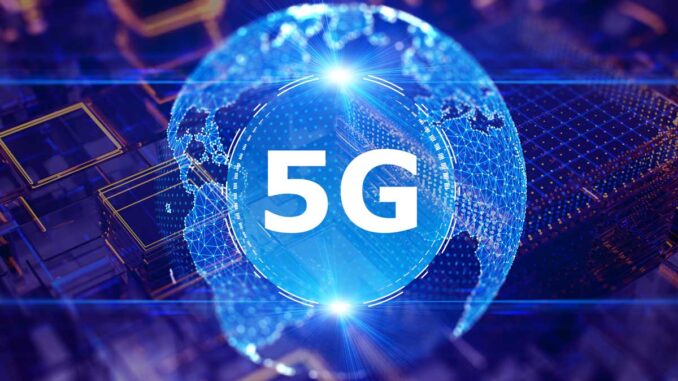
5G technology represents the fifth generation of mobile communication, promising significantly enhanced data speeds, reduced latency, and improved connectivity.
This advancement is expected to revolutionize various sectors, including finance, healthcare, and education, potentially adding nearly $1 trillion to the global economy by 2030.






Regulatory Concerns
The rollout of 5G technology has raised several regulatory concerns. Governments and regulatory bodies are tasked with ensuring that the infrastructure is secure and resilient against potential threats. The Federal Mobility Framework is one initiative aimed at addressing these concerns by transforming radio access networks (RAN) to be more open and interoperable. Additionally, national regulatory authorities have expressed worries about the varying degrees of involvement in 5G security, highlighting the need for cohesive policies.
Security Challenges
With the introduction of 5G, cybersecurity challenges have become more pronounced. The technology’s complexity and the increased number of connected devices expand the potential attack surface for cybercriminals. For instance, without effective built-in security measures, hackers could more easily compromise Internet of Things (IoT) devices, leading to unauthorized access and control over critical systems.
Moreover, advanced attackers may exploit vulnerabilities in signaling protocols, which could lead to cross-protocol attacks, further complicating the security landscape. The Department of Homeland Security emphasizes the importance of safeguarding networks to protect national security.
Conclusion
In summary, while 5G technology offers transformative benefits, it also presents significant regulatory and security challenges that must be addressed. Policymakers and industry leaders need to collaborate on developing robust security frameworks to mitigate risks and ensure the safe deployment of this technology.


Leave a Reply